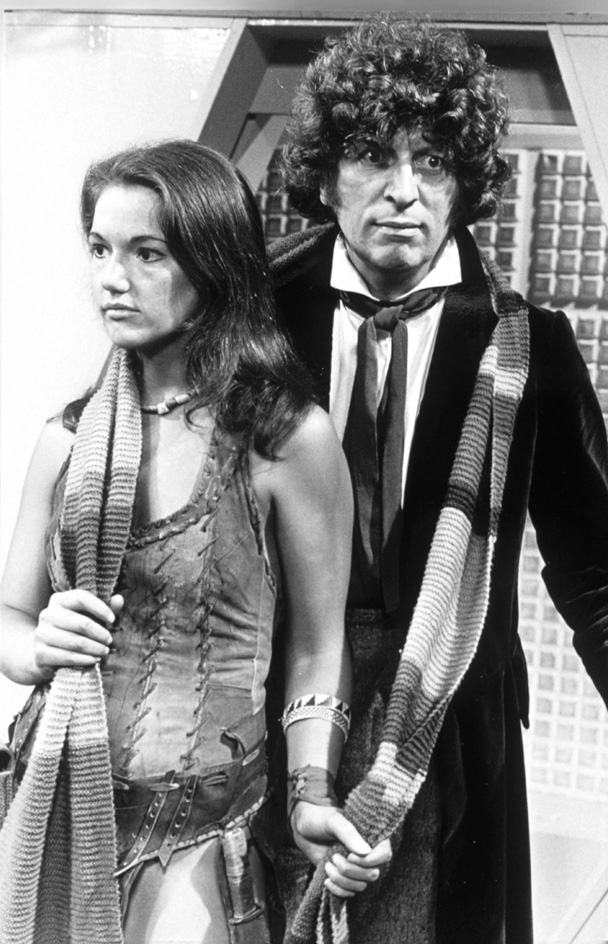Doctor Who is a long-running British television series that began in 1963. It ran until 1989, and then was relaunched in 2005. The series became one of the best-loved science-fiction programs of all time. It follows the adventures of the Doctor, a mysterious member of the alien race of Time Lords. The Doctor travels through time and space by using a device called the TARDIS. TARDIS stands for Time and Relative Dimension in Space. The TARDIS is disguised as a police box, a type of telephone booth in common use in the United Kingdom until the 1970’s. The deep-blue TARDIS and the distinctive mechanical rasping sound it makes when moving have become two recognizable features of the show. The show is also known for its haunting theme song, a pioneering work of electronic music when the series debuted in 1963. The show is produced by the British Broadcasting Corporation (BBC).

“Doctor Who” was initially planned as a family program with educational goals. The Doctor’s adventures through time and space were meant to teach history and foster interest in science. But science-fiction plotlines soon became prominent, and the show became largely about the Doctor traveling through the universe to right wrongs, outwit alien threats, and save lives. The threatening aliens on the program have included the destructive Daleks, the pitiless Cybermen, and the Doctor’s time-traveling archenemy, the Master. The Doctor tends to travel with one or more companions, often ordinary people who add a touch of humanity to the story.
The British actor William Hartnell played the Doctor from 1963 to 1966. Upon Hartnell’s departure, the show’s producers introduced the principle that rather than dying, the Doctor could regenerate, gaining a new personality and appearance. This principle has enabled many different actors to play the Doctor. Hartnell was followed by the British actors Patrick Troughton (1966 to 1969), Jon Pertwee (1970 to 1974), Tom Baker (1974 to 1981), Peter Davison (1981 to 1984), Colin Baker (1984 to 1986), and Sylvester McCoy (1987 to 1989). Each actor brought different traits to the character. For example, Tom Baker became known for his eccentric manner and his distinctive long, striped scarf. During the first era of “Doctor Who,” from 1963 to 1989, the show became known for its imaginative plotlines and creative, if unconvincing, special effects. Individual storylines often spanned four or more episodes and, sometimes, an entire season.
Over time, the producers of “Doctor Who” decided that the series had begun to weaken. The program was suspended in 1989. A 1996 television movie starring Paul McGann as the Doctor failed to revive interest in the series.
“Doctor Who” was relaunched in 2005 under the guidance of British producer Russell T. Davies. Since then, the Doctor has been played by British actors Christopher Eccleston (2005); David Tennant (2005 to 2010); Matt Smith (2010 to 2013); Peter Capaldi (2013-2017); and Jodie Whittaker (2017-2023), the first woman to play the Doctor. The Rwandan-Scottish actor Ncuti Gatwa took over the role in 2023. The revived series brought back many of the Doctor’s familiar foes. It also introduced new ones, including the wicked Slitheen and the terrifying Weeping Angels. The revived series and its spin-offs, “Torchwood” (2006-2011) and “The Sarah Jane Adventures” (2007-2011), introduced new generations of fans to “Doctor Who.” In addition, they greatly expanded the international popularity of “Doctor Who.” 
